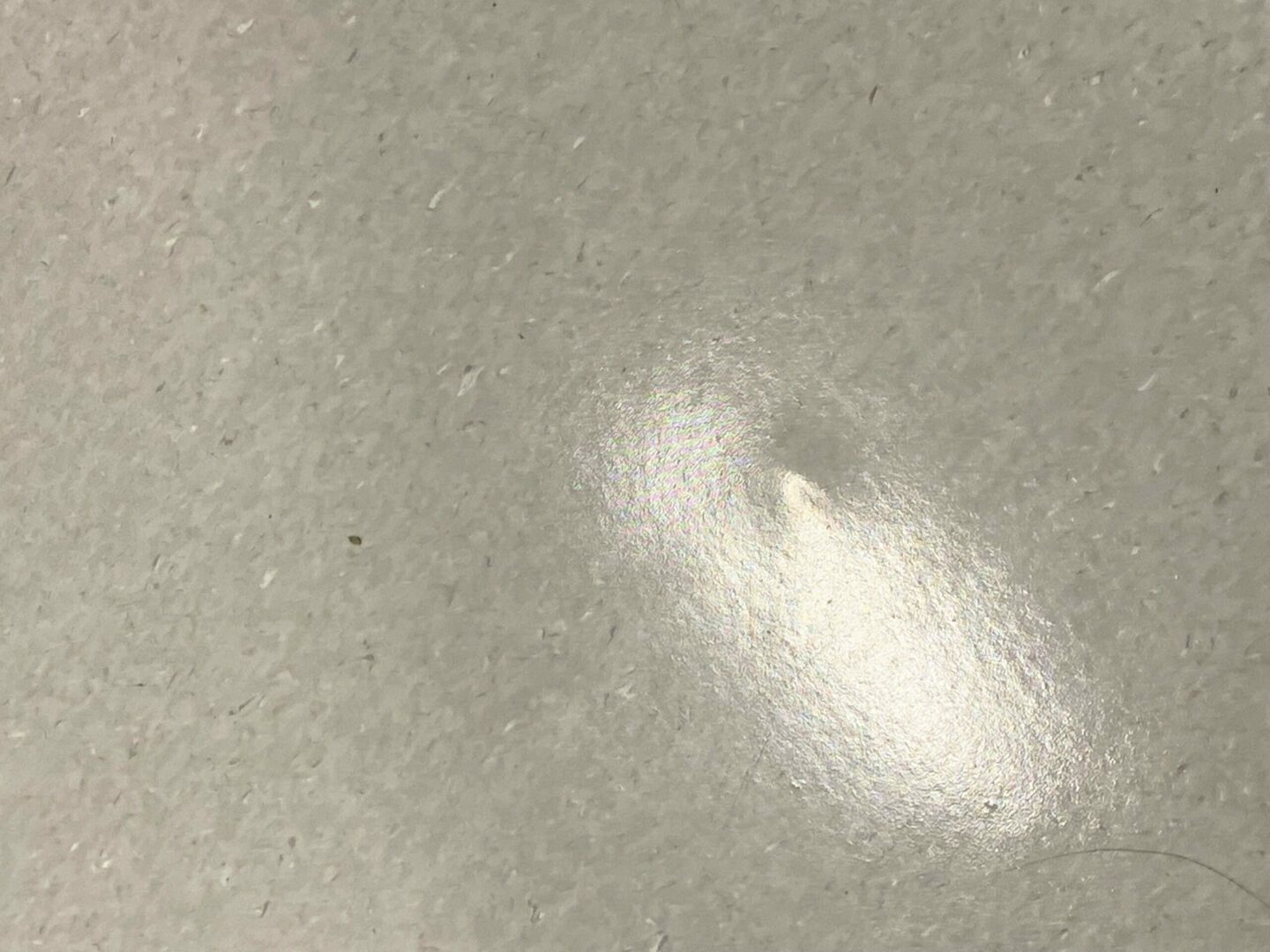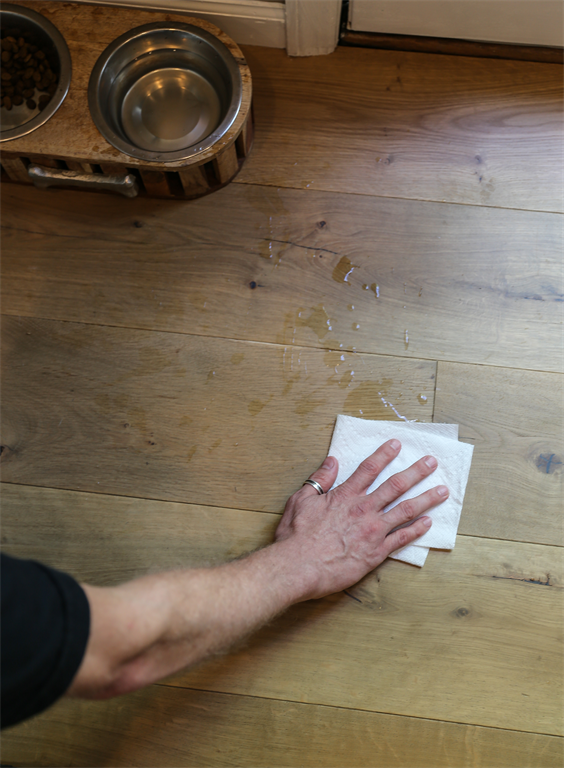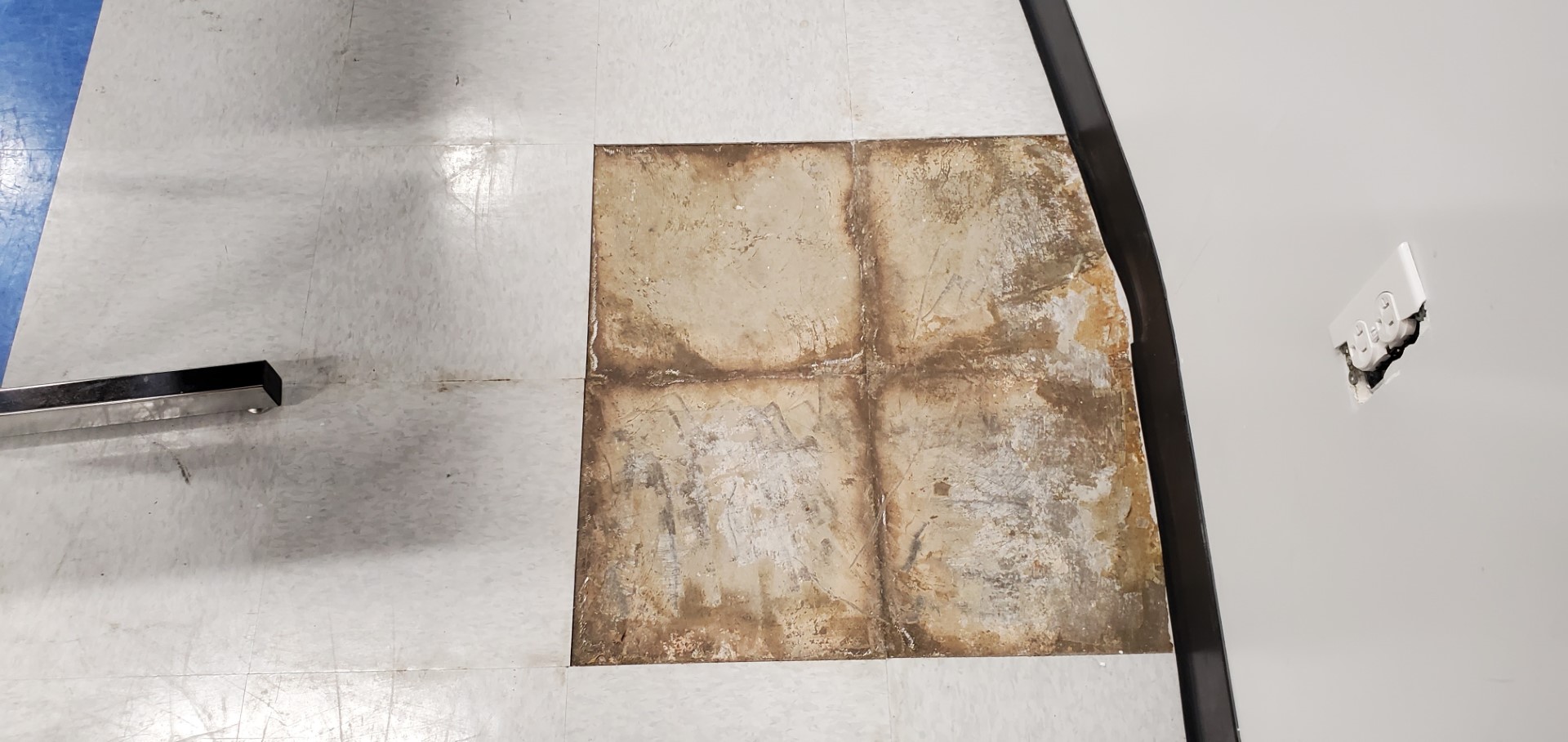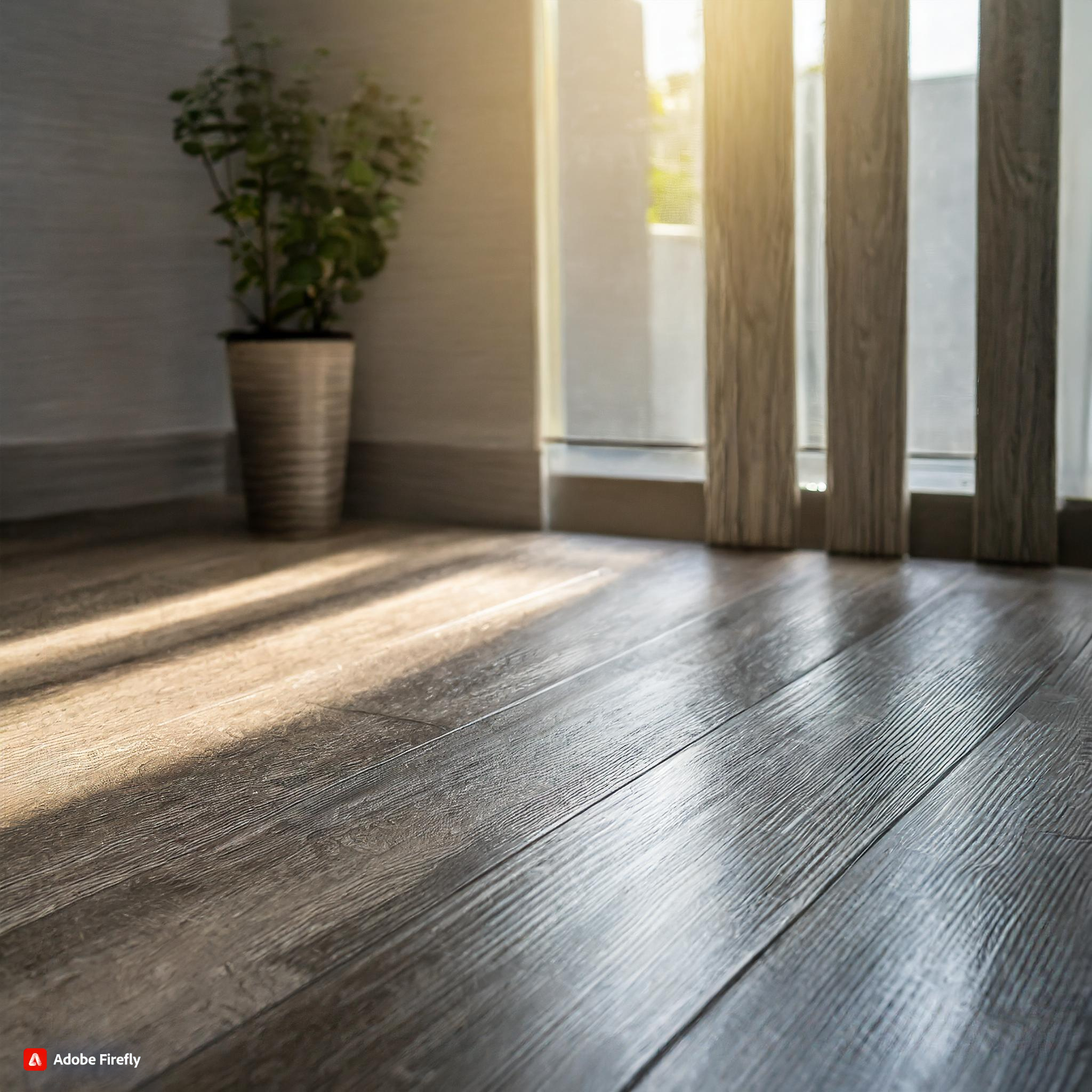By Gary Scheidker
Technical Services Director, Taylor Adhesives
Substrate preparation is the foundation of your sheet vinyl installation, and one of the most important steps in the installation process. It does not matter what type of sheet vinyl you are installing. The result will depend on a good foundation.
- I have seen many floors where sheet goods were installed directly over OSB without an additional underlayment or skim coat to smooth the substrate. In these cases, I recommend installing ¼” birch plywood underlayment, and filling the joints and nail holes, to provide a smooth base for your sheet goods. If the additional thickness of the plywood will be a problem, a skim coat of high-quality Portland-based patch can provide a suitable substrate when properly applied.
- When installing over concrete substrates, the substrate must be clean, flat, and smooth per ASTM F710. It may require diamond grinding to remove crowns and the filling of low areas. Selecting the appropriate Portland-based patch or self-leveler is critical. You need to select a product that will withstand the substrate moisture and pH ranges. It is also critical the powder manufacturer’s instructions for water ratios and mixing are followed.
- Installing sheet vinyl directly over old adhesive residue is always a bad idea. If you are installing vinyl-backed sheet goods, the plasticizers in the backing can attack non-plasticizer-resistant adhesives such as clear, thin spread, latex, and cutback. It is always best to remove these old adhesives since the new adhesive is only as good as what it is stuck to.
Moisture and pH testing must be performed when installing resilient flooring over concrete and gypcrete substrates.
- Most flooring and adhesive manufacturers only recognize ASTM F1869 or ASTM F2170 when moisture-testing concrete substrates.
- Testing is only valid if the space is fully enclosed and under HVAC control for a minimum of 72 hours prior to placing the tests.
- When you test a concrete substrate, you must also consider the age of the slab.
- High RH or MVER readings in an older slab indicate moisture intrusion from an external source. Moisture intrusion from below indicates the under-slab vapor retarder may be missing or has been compromised.
- You should also consider the grade of the slab since below-grade slabs can potentially be subject to a hydrostatic head.
- Gypcrete substrates can generally be moisture-tested using a pin meter with a gypsum setting. Most gypcrete manufacturers require the substrate to be at 5% or below prior to installing resilient flooring.
- Excessive moisture and high or low pH can attack the flooring and the adhesive.
- Before starting any installation, please know the moisture and pH limitations of all the products you are installing including patch, underlayment, adhesives and flooring.
I have seen too many failures that could have been prevented with proper acclimation. This step is critical for resilient flooring products since they are typically thermal reactive. Many installers erroneously think flooring can be acclimated anywhere in the building it is being installed in, and only requires one day.
- Acclimation must be performed in the room where the flooring is being installed, and the space must be under HVAC control at service temperature.
- The service temperature is the temperature which the space will be maintained when occupied.
- The acclimation is complete when the flooring reaches equilibrium with the room temperature.
- The acclimation period can take longer depending on the difference in temperature from the storage environment to the service temperature.
- Yes, the laws of physics even apply to new construction.
Using the wrong adhesive has caused many issues over the years.
- Selecting the right adhesive for your flooring, and the application it is going into, is vital.
- Different types of vinyl sheet goods require different adhesives. Fiberglass-backed sheet goods typically call for a releasable pressure-sensitive adhesive. Felt-backed sheet goods typically call for a latex multi-purpose, epoxy, or moisture-cured adhesive, depending on site conditions and usage. Felt-backed sheet goods do not require plasticizer-resistant adhesives. Depending on site conditions and use, Homogeneous sheet goods require plasticizer-resistant adhesives such as acrylic, epoxy, or moisture-cured.
- If the sheet vinyl has a vinyl backing/bonding surface, the adhesive must be plasticizer-resistant.
Since vinyl seams are never invisible, seam placement should be considered before starting the installation. Many installers place seams where they are most convenient instead of in inconspicuous locations. I have seen fill seams a few inches away from doorway seams because they were shorter than placing them along the wall on the opposite side of the room. Obviously, every installation is unique, and seam placement will vary from floor to floor.
- You should avoid placing seams in areas that will make them stand out.
- Cross-lighting can make a seam stand out and should be avoided if possible.
- Avoid placing seams next to each other.
Improper seam sealers and welding have also been an issue. Different sheet vinyl products require different seam sealers. You need to follow the flooring manufacturer’s installation guidelines for the proper way to seal the seams with their products.
- Most homogeneous sheet goods require a chemical weld or heat welding to seal the seams. This is particularly important in healthcare applications to prevent bacterial growth from developing under the flooring.
- Fiberglass sheet goods are dimensionally stable and are typically used in residential and multifamily applications. Seam sealers for these products are generally intended to prevent moisture intrusion at the seams and do not require a chemical weld to prevent the seam from opening.
- Heterogeneous sheet goods will typically have felt or mineral backings. Unfortunately, the vinyl face of these products can shrink over time, causing the seams to open. The proper seam sealer will chemically weld the seam, preventing the seam from opening.
I can’t tell you how often I have seen issues that could have been easily avoided by simply using kneeboards. Kneeboards are essential any time you are installing resilient flooring with a wet set or semi-wet set adhesive.
- Working on top of sheet vinyl installed with a wet set adhesive can cause the adhesive to displace and leave indentations or even loose bonds.
- Anyone installing vinyl with a reactive adhesive like epoxy, or a moisture-cured adhesive must work on top of kneeboards.
- Some latex and acrylic adhesives will also require a wet set or semi-wet installation method.
- We used to use tempered Masonite, although birch plywood, Luan or Styrofoam board will all work.
- The kneeboard must be large enough to cover anywhere your knees, toes, or feet will put pressure on the flooring.
- I recommend having enough kneeboards to be able to move around the floor without displacing adhesive.







